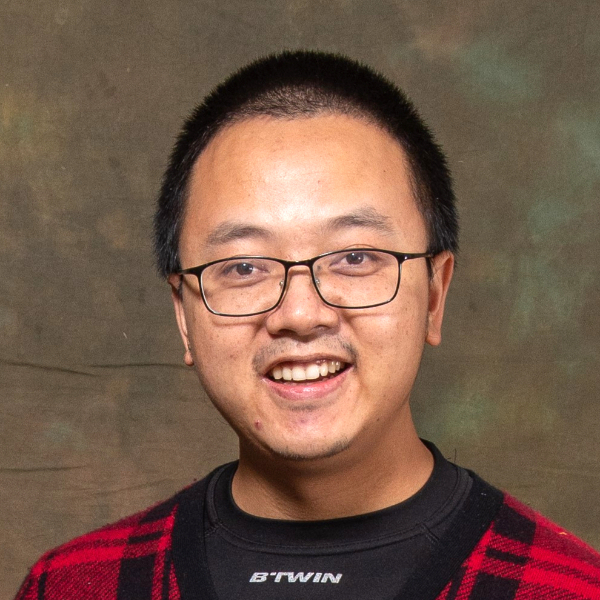Resume
QUALIFICATION PROFILE Highly analytical and multifaceted professional, offering extensive background in research and development, involving method development and analysis of electromagnetics. Efficient at research activities and guiding graduate students in attaining their academic goals. Know for ability to lead and contribute to scientific and technical discussions in the group, as well as communicate scientific report to the teams in written, verbal and visual formats. Equipped with public speaking experience, as well as strong knack to develop compelling and coherent presentations for various audiences. Independent and systematic research with physical foundation, numerical tools, and broad applications. Primary contributor to two…
Continue reading...
